What are moldings?
Wall molding is a decorative element and a multifunctional detail that allows you to hide imperfections and surface imperfections, perform visual zoning of space or act as a separator between different finishing materials.
Volumetric slats of various shapes and widths effectively replace stucco moldings and, at low cost, bring luxurious and respectable notes to the room.
With the help of moldings, you can create panels or frames. Similar interior design looks very elegant. This decor is also perfectly combined with different wall finishes in the form of wallpaper, plaster, paint, natural wood or MDF.
The photo shows the interior of a bedroom with a wall decorated with moldings in the form of a headboard.
What are the types?
The choice of the type of moldings for the walls depends on the type of room and on the style of the interior.
- Wood. It is distinguished by its low weight and easy installation. Wooden decorative parts do not emit toxic substances and therefore can be used to decorate a children's room. Due to their beautiful natural pattern and naturalness, such moldings have high aesthetic qualities and are perfectly combined with identical wooden wall cladding.
- Gypsum. Massive plaster decor associated with stucco and palace decorations blends harmoniously with classic interiors, and also complements styles such as the Renaissance or Rococo.
- Metallic. Due to the polished surface and strict execution, aesthetic and original metal moldings are often used in modern loft or high-tech designs.
- Polyurethane. Flexible polyurethane products allow you to design a rounded, radial or curved wall surface. Such strips can be easily bent and fixed in any desired position.
- Plastic. One of the most popular types of moldings, which is characterized by low cost, light weight and high moisture resistance. Elements made of plastic or foam are suitable for rooms with any microclimate and functional purpose. In addition, plastic models have a diverse shade palette from bright acid colors to deep blacks.
The photo shows painted metal moldings on the wall in the interior of a loft-style bedroom.
The budget option also includes moldings made of mdf or expanded polystyrene.
In the photo there is a bedroom with a wall decorated with white polyurethane moldings.
How to post on the wall?
Taking into account all the placement rules, a competent combination of the size and shape of the planks, you can correct many of the room's planning flaws.
Basically, moldings are placed on the walls horizontally or vertically. Also, with the help of these elements, repeating blocks are created, due to which the space visually becomes more voluminous. With the help of narrow rectangles in the form of vertical frames or semi-windows directed upward, the ceiling in the room will look higher.To visually adjust the proportions of a small room, you can pick up wide decorative skirting boards to match the ceiling covering and place them horizontally on the walls.
The photo shows an asymmetrical arrangement of wall moldings in a modern interior.
With the help of moldings, they almost always create whole compositions, including frames or interestingly intertwining strips. For example, for certain areas of a large wall plane, you can use a symmetrical design, thus the design will acquire a beautiful and expensive look.
In the photo there are rectangular blocks of moldings on the wall above the head of the bed.
For a room with a high ceiling and light wall decoration, traditional rectangular molding sections are suitable. Using curved planks, you can form semicircular arches or imitation of a window.
The photo shows the interior of a bedroom with a wall decorated with chaotic frames from moldings.
Examples in the interior of rooms
Thanks to the moldings, it turns out to make a stylish accent on the wall and bring a certain rhythm to the atmosphere.
Moldings in the kitchen
The wall composition of decorative strips allows not only to zone the kitchen space, but also, conversely, to harmoniously combine different areas with each other.
In the photo there are gilded moldings in the decoration of the wall near the dining area in the interior of the kitchen.
In the kitchen, moldings are often found in decorating arches or doorways, this design gives expressiveness to the entrance. The window will look no less beautiful, complemented by wide strips around the perimeter.
Moldings in the interior of the living room
The walls in the living room, with the help of slats, are divided into symmetrical blocks that are decorated with mirrors, paintings, artistic bas-reliefs, hanging shelves or wall sconces. In the interior of the hall, you can use moldings to separate wallpaper or other materials of different texture and shade.
The photo shows a small living room in beige tones with walls decorated with narrow frames made of moldings.
These elements are also perfect for framing a doorway, a column, or even a TV area.
An insert with wallpaper, decorated with moldings around the perimeter, can not only become the main accent of a room, but also highlight a certain piece of furniture in the form of a spectacular chest of drawers, an aquarium or a decorative fireplace.
Photo of moldings on the wall in the interior of the bedroom
For decoration with moldings on the walls in the bedroom, narrow slats in pastel colors are suitable. On a light wall surface, darker inserts, framed with thin discreet strips, look spectacular. In the middle of the section, you can place a picture, stucco elements and other volumetric decor.
In a large bedroom, an interesting solution would be to zoning the room into separate functional areas. Due to the molding on the wall, it will be possible to divide the room into a sleeping area and a workplace or dressing room.
A wall with a molding frame that repeats the size of the bed will favorably emphasize the interior composition and the overall design concept.
The photo shows different types of wallpaper, separated by moldings in the interior of the bedroom.
Moldings in the interior of the corridor or hallway
Moldings are most often used to highlight the front door. You can decorate a mirror with wall lamps with relief elements. In a small corridor that does not involve the installation of a cabinet, planks can mark an area with hooks and a clothes hanger.
In the photo there are white moldings in the design of gray walls in the interior of the hallway.
Interesting options for moldings on the walls of the stairs
Planks glued in a horizontal position not only diversify the wall cladding, but also adjust the height of the staircase.
The photo shows a flight of stairs with gilded moldings on the walls.
Moldings on the walls in the children's room
Thanks to such decorative elements, which have different texture and relief, it is possible to form a fabulous atmosphere in a nursery.The interior will look very original with walls decorated with moldings in bright colors.
The photo shows painted walls decorated with monochromatic moldings in the interior of the nursery.
How do they look in different styles?
Molding decor in the design of walls in rooms in different styles.
Photo of moldings in a modern style
For a modern interior flow, modified varieties of metal and plastic planks are used, with which they frame individual areas, form corners or joints. Thanks to this delicate decor, it turns out to decorate plain walls and enliven the surrounding space using a minimum number of elements.
The photo shows a living room in a modern style with colored moldings on the wall.
Interior decoration in classic style
In the classics, luxurious golden, silver or patinated strips with a relief texture will look favorably. The classic design assumes natural wood moldings or white plaster models.
In the photo there are light moldings on the walls in the interior of a classic bedroom.
Neoclassical examples
For elegant neoclassicism, moderate decor with wall moldings, characterized by strict geometric shapes and unobtrusive ornaments, is suitable.
In the photo there is a neoclassical living room with rectangular moldings in the interior for dividing the wallpaper behind the sofa.
Photo gallery
Wall moldings transform the familiar cladding, add originality and special aesthetics to the interior, and visually adjust the proportions of the room.

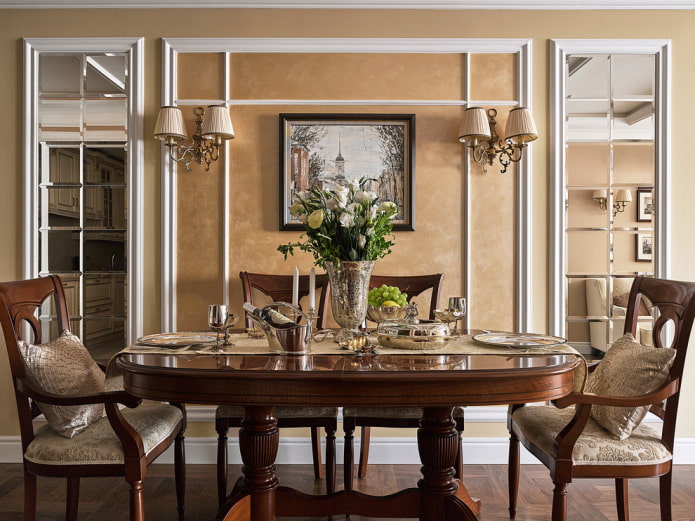
 10 practical tips for arranging a small kitchen in the country
10 practical tips for arranging a small kitchen in the country
 12 simple ideas for a small garden that will make it visually spacious
12 simple ideas for a small garden that will make it visually spacious
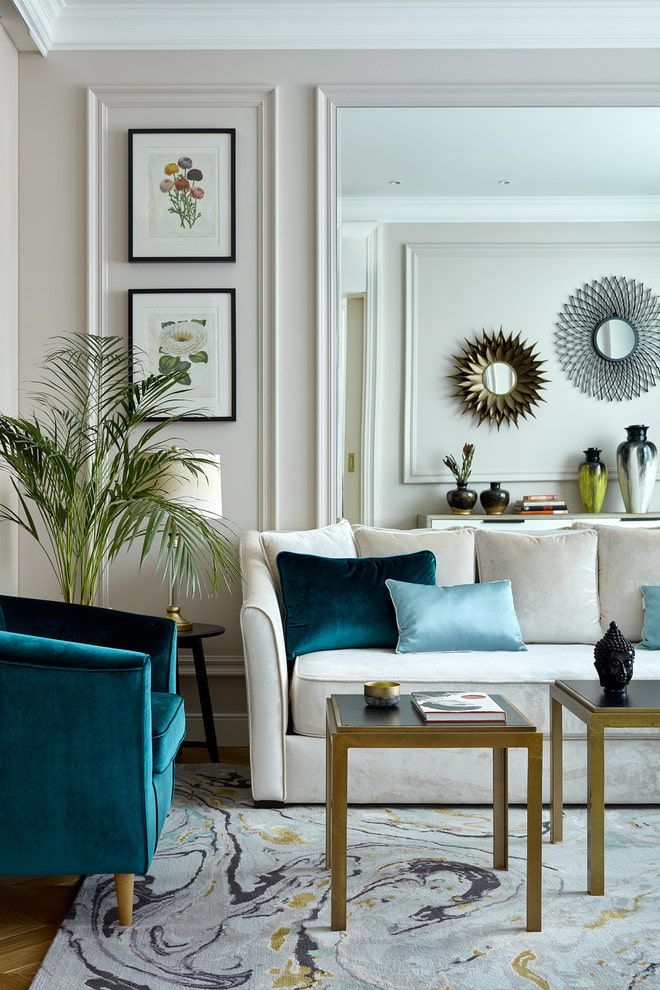

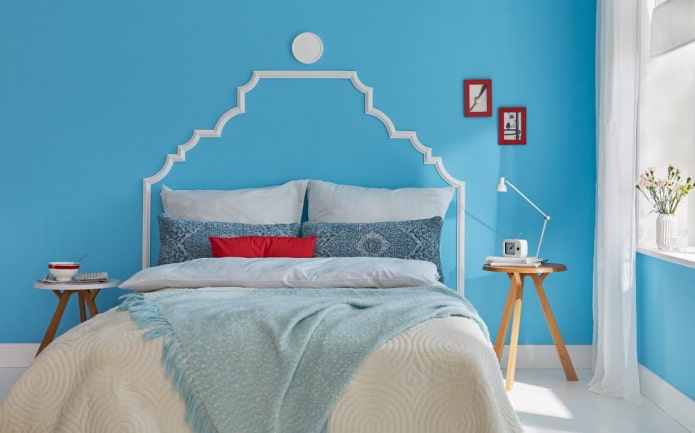
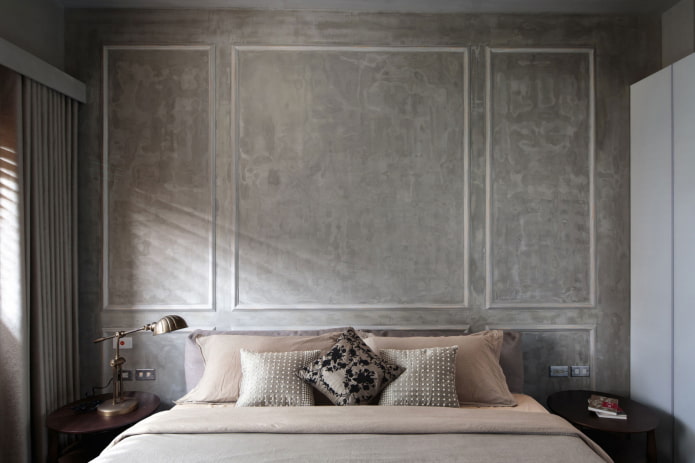
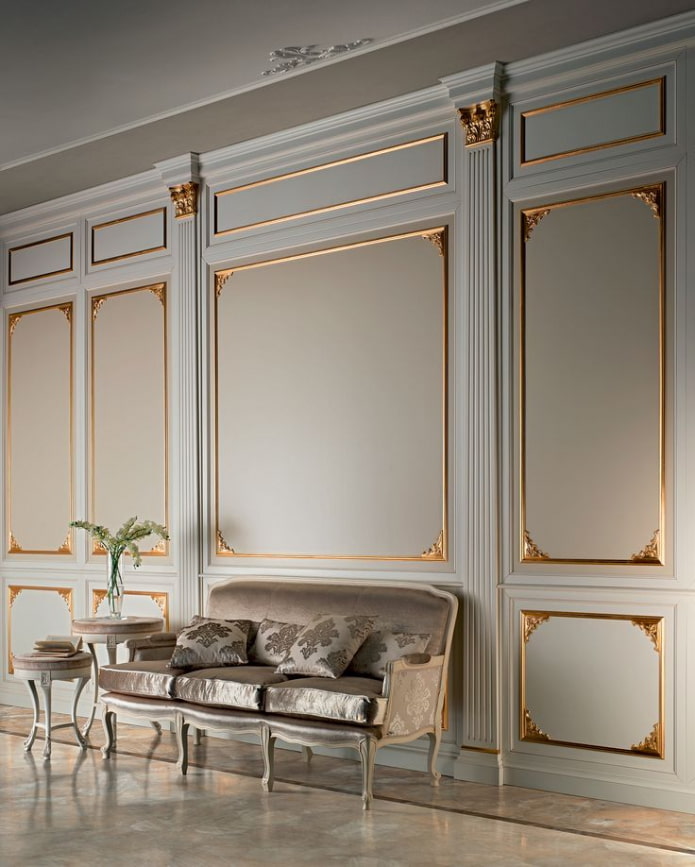

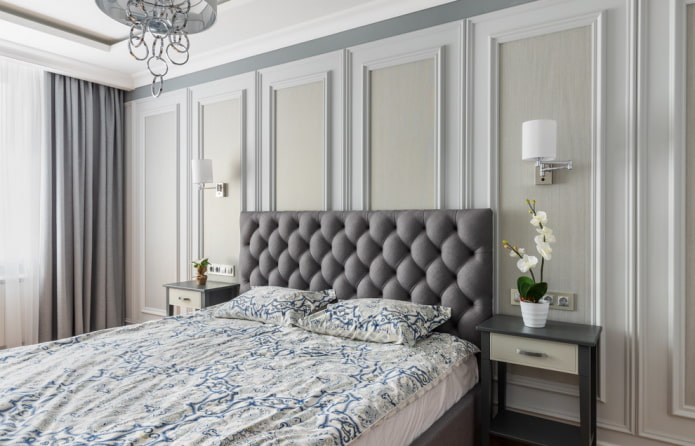

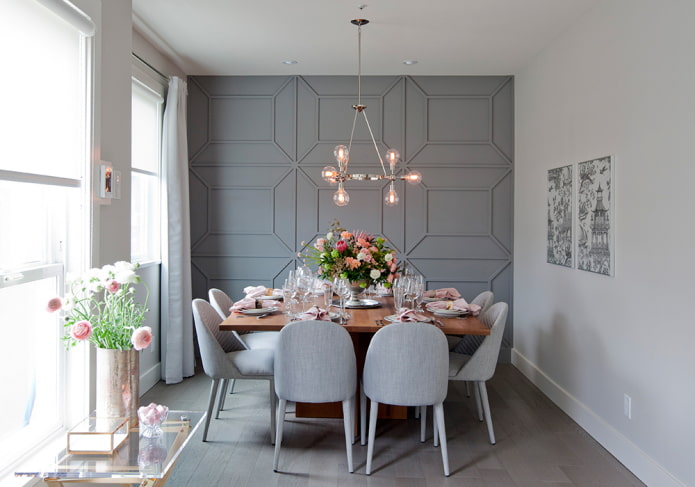
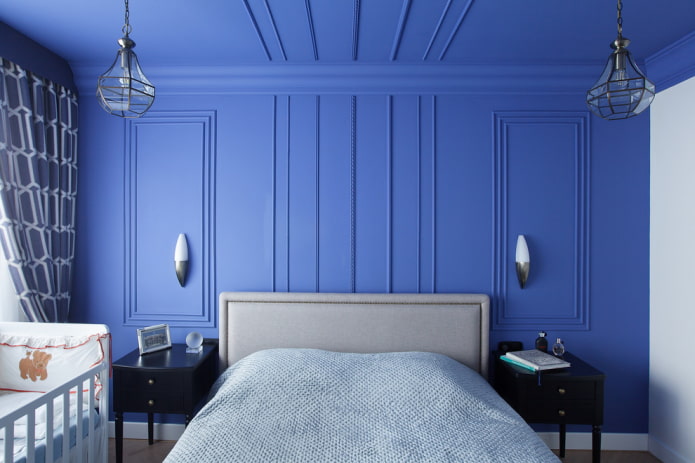
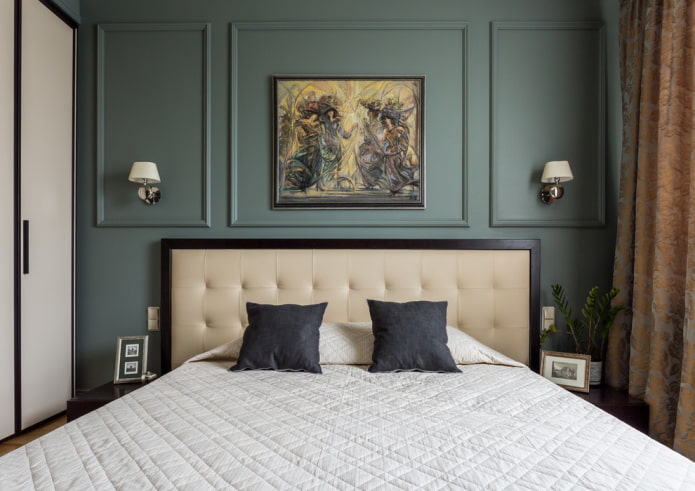

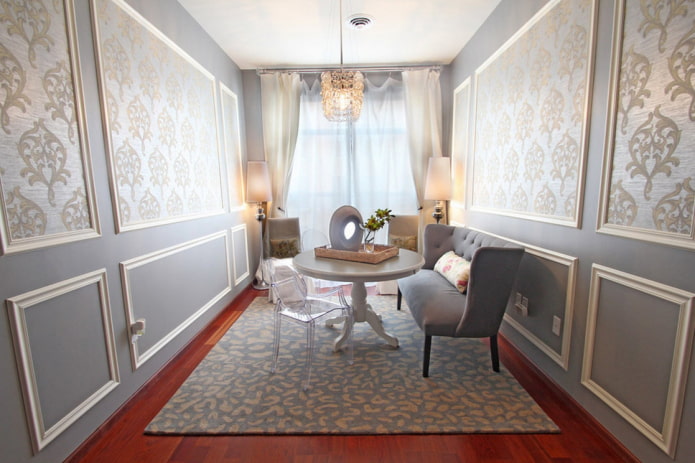

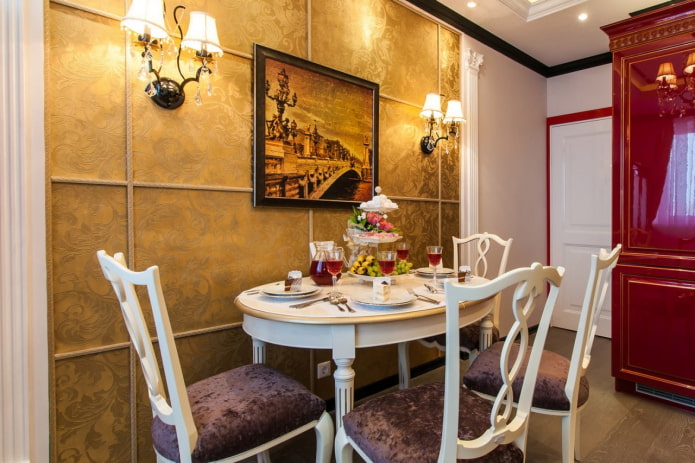
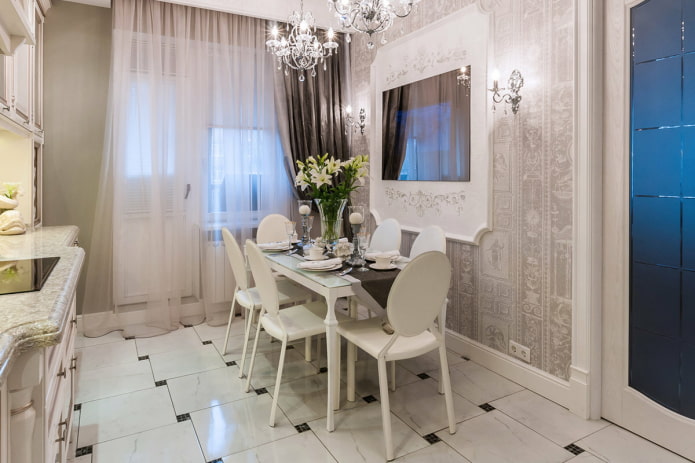

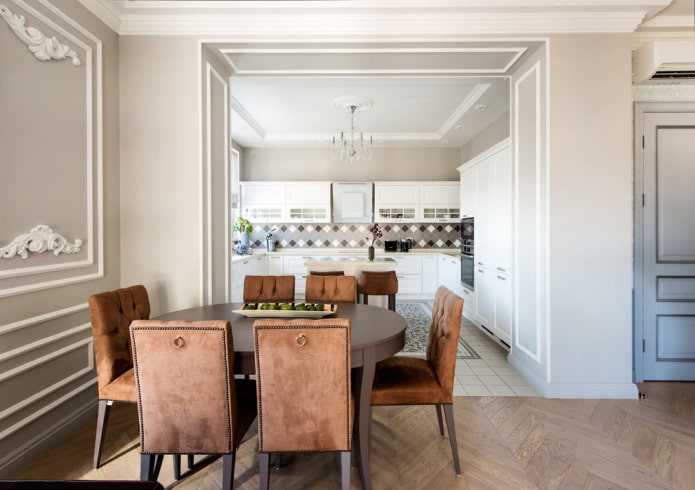
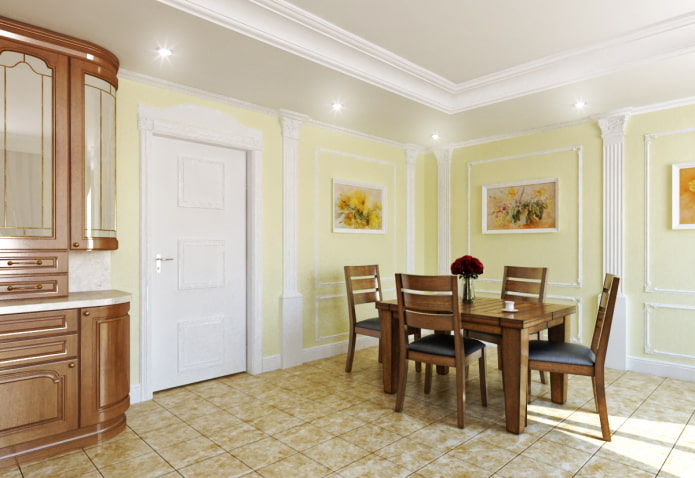
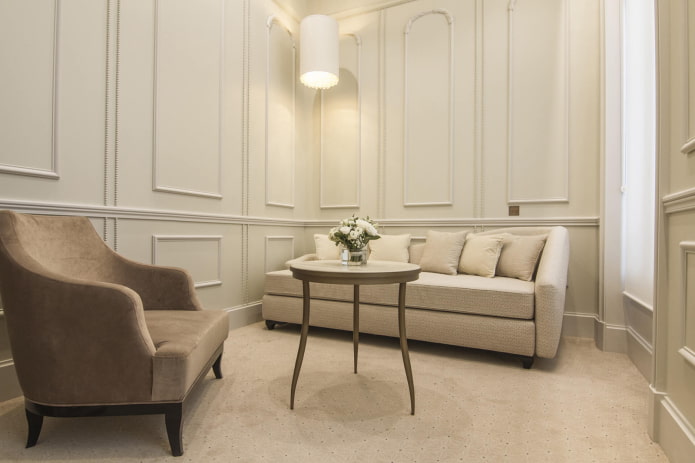

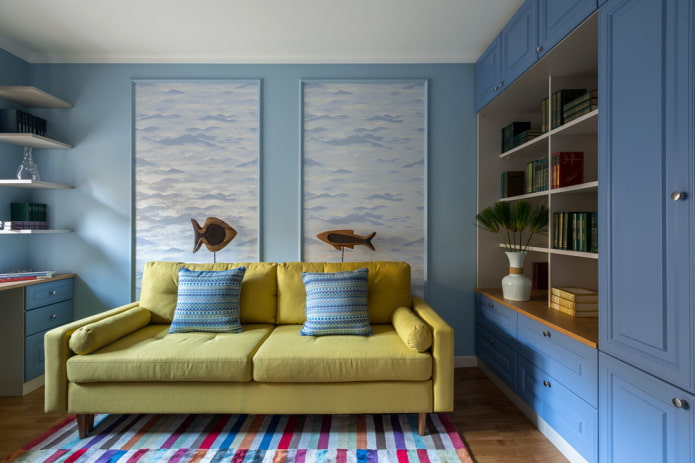
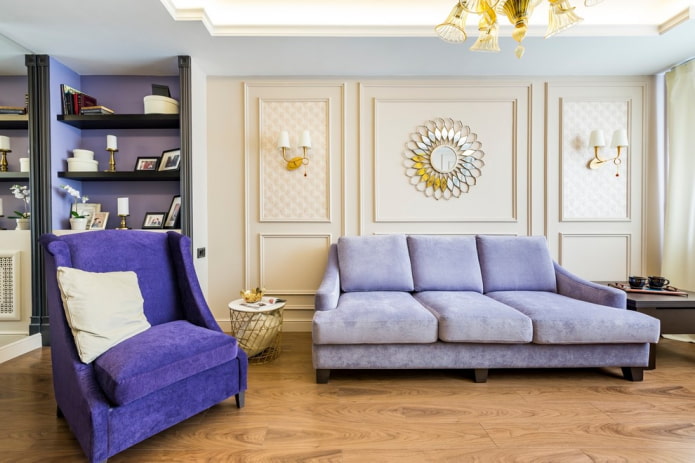
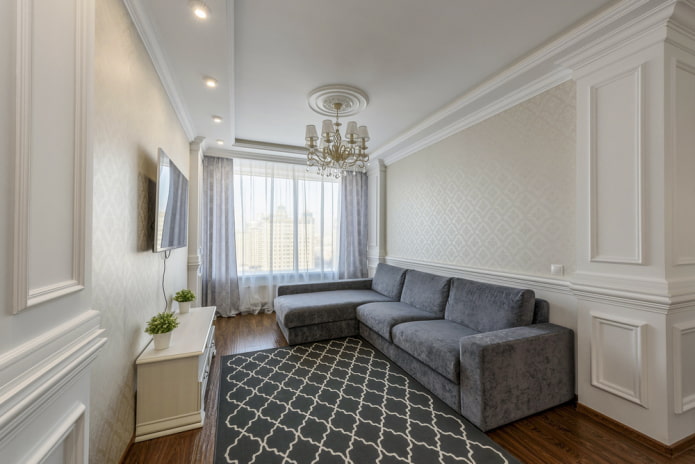
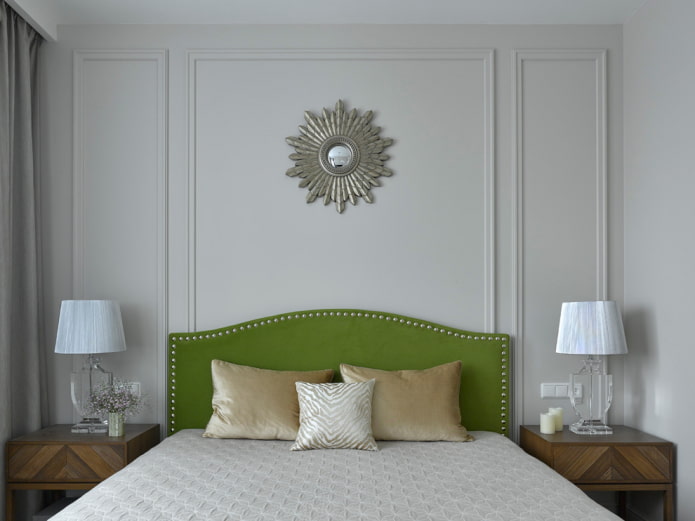
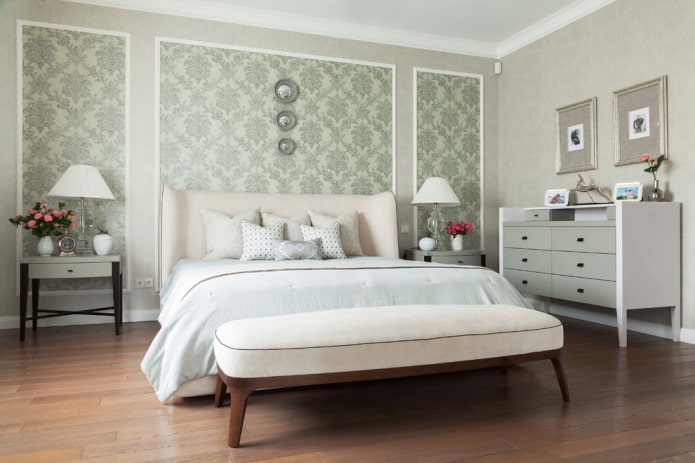
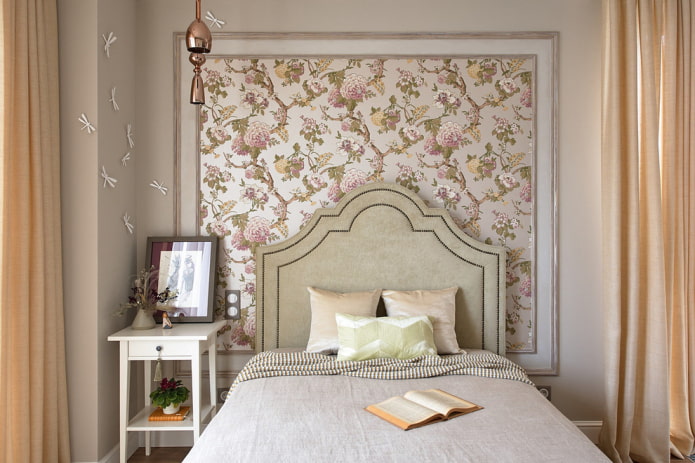
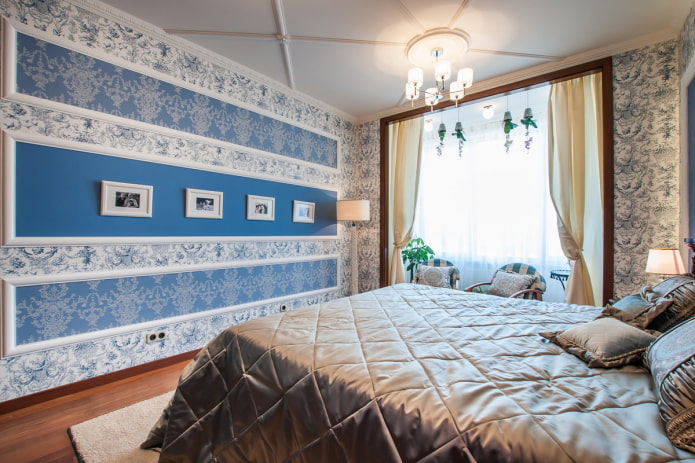

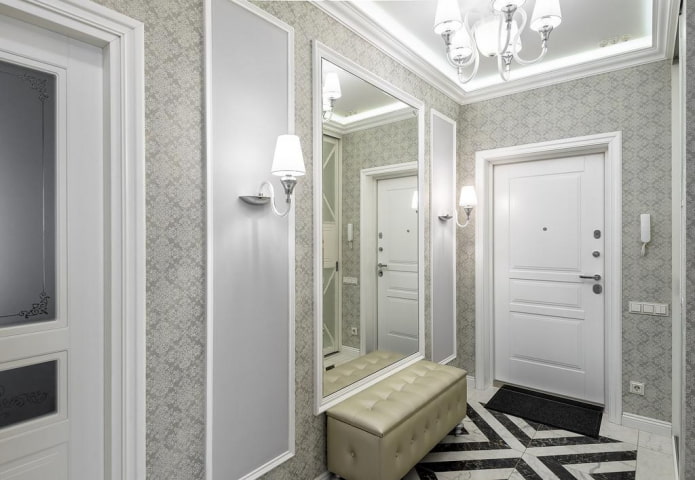
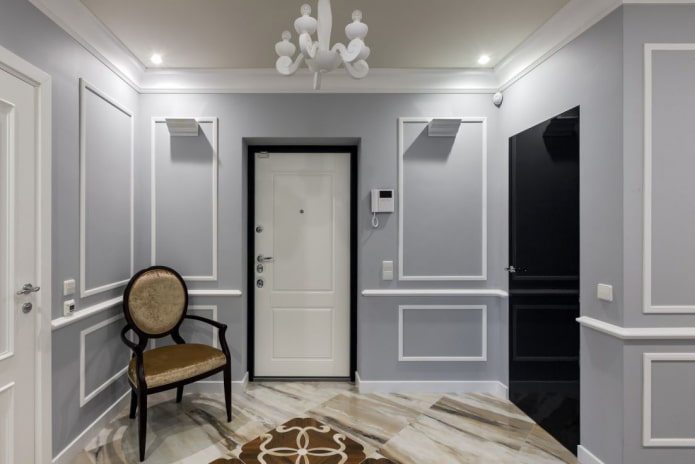

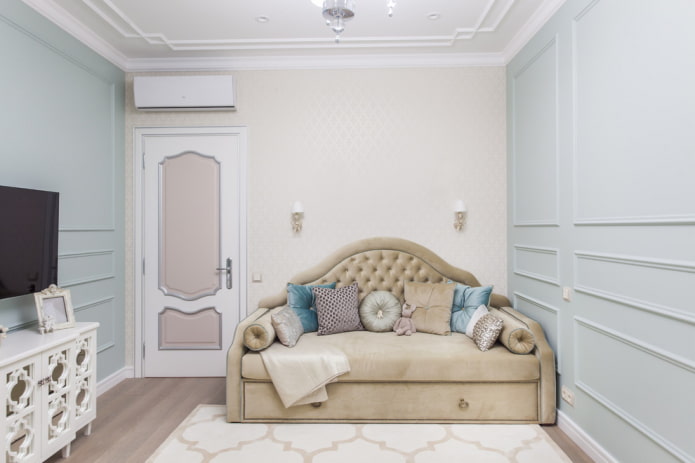
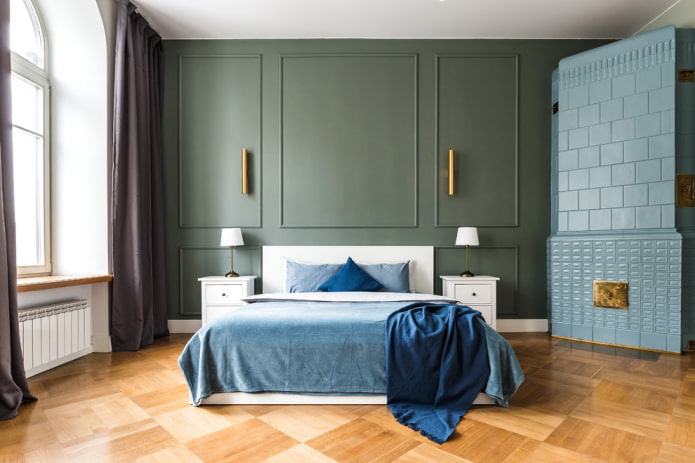
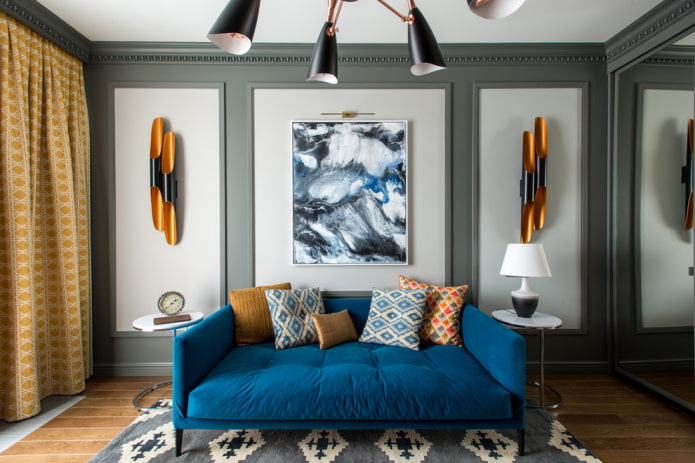
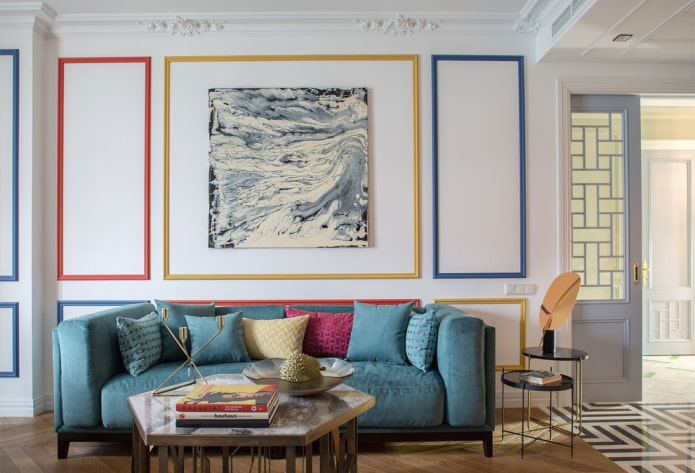
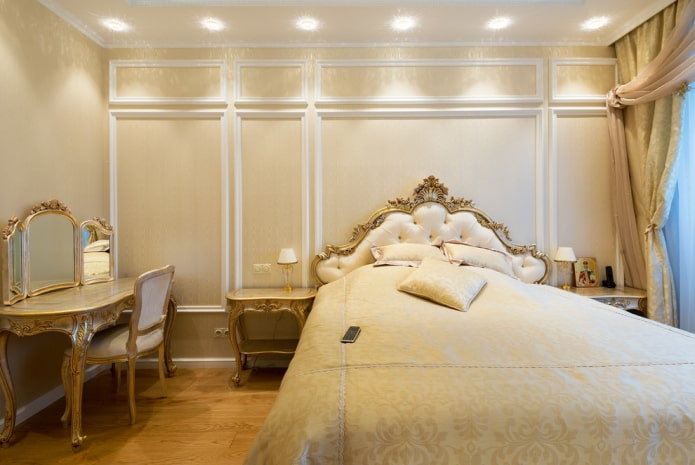
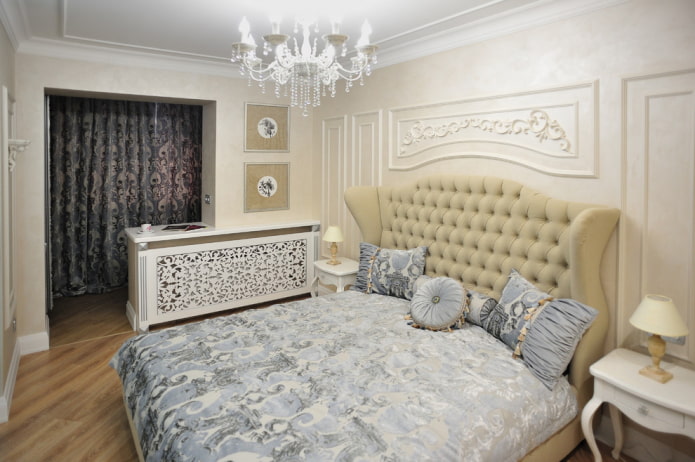
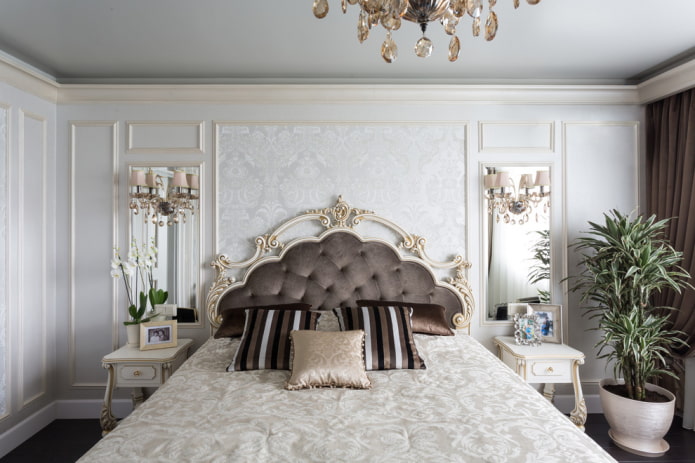
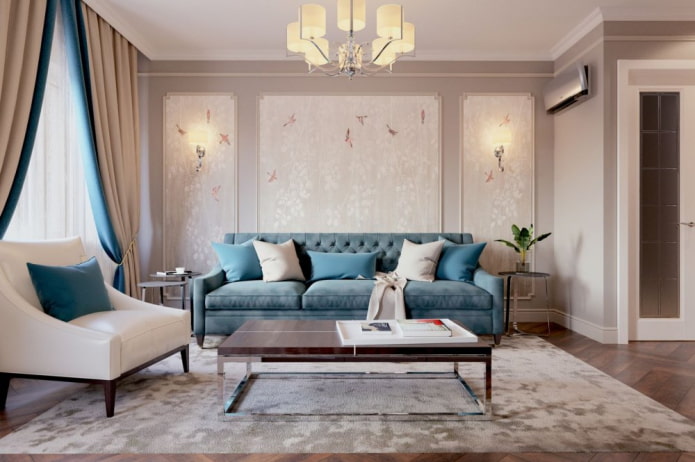
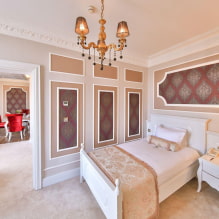

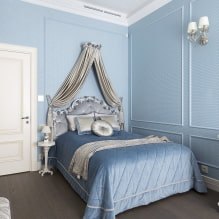


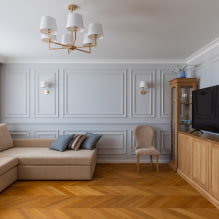
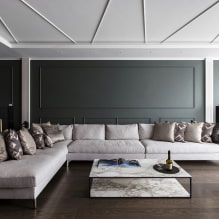
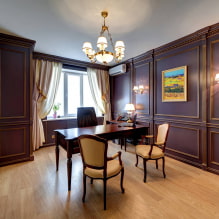
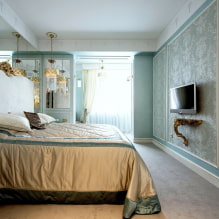
 13 bad habits a good housewife shouldn't have
13 bad habits a good housewife shouldn't have 24/7 home cleanliness - 4 secrets for the perfect housewife
24/7 home cleanliness - 4 secrets for the perfect housewife 6 hotels in Sochi that will give odds to the promoted foreign hotels
6 hotels in Sochi that will give odds to the promoted foreign hotels Top 10 interior design trends 2020
Top 10 interior design trends 2020 Rating of cheap TVs with Smart-TV
Rating of cheap TVs with Smart-TV New Year's LED garlands on AliExpress - we disassemble while it's hot, so that it's bright at home
New Year's LED garlands on AliExpress - we disassemble while it's hot, so that it's bright at home